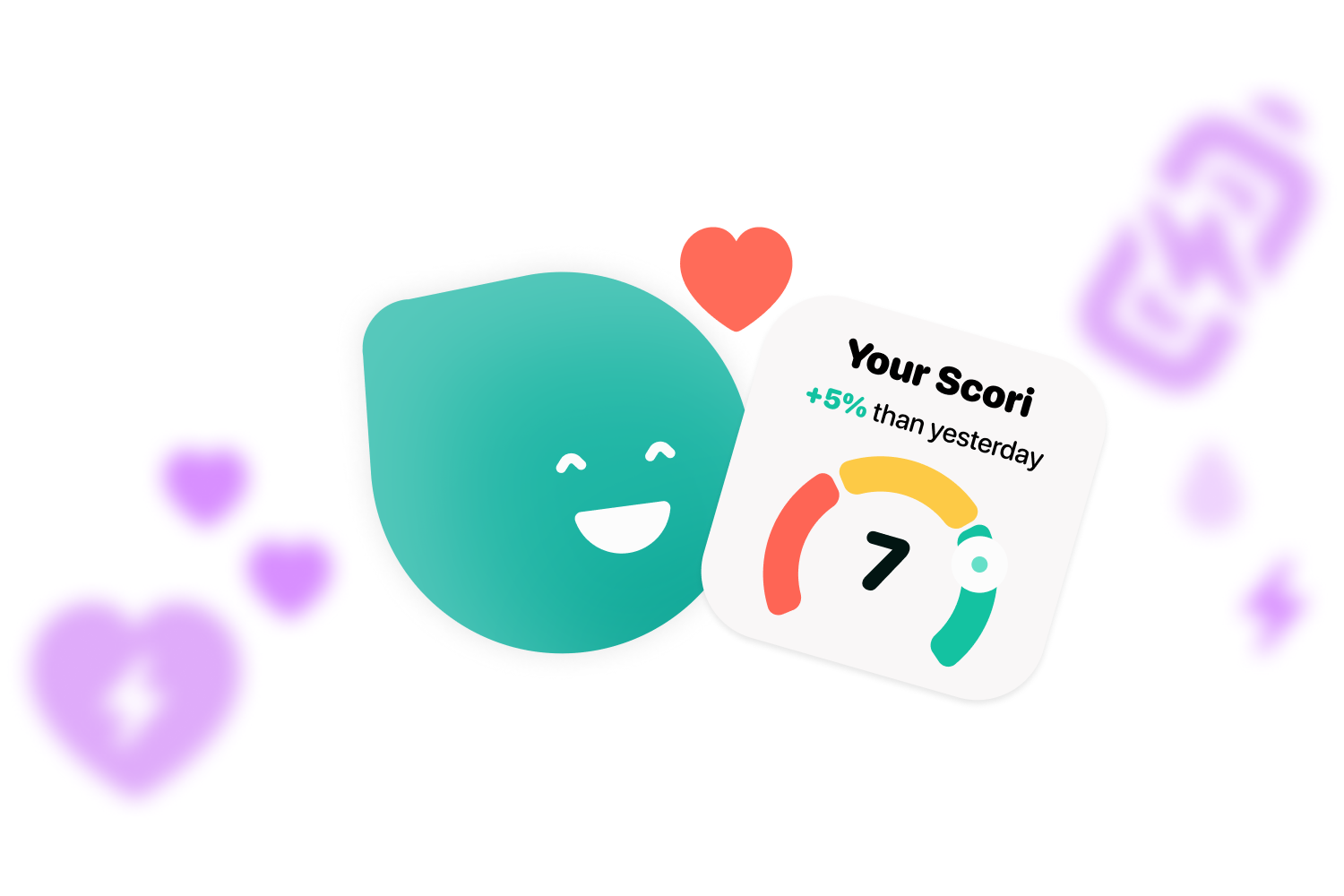Are you going to start exercising and you don’t know what to eat for training with diabetes? Don’t worry, this article is for you.
A good diet is crucial for a life linked to sport, especially when you have diabetes. If you have a varied diet adapted to the lifestyle of the person who is going to consume it, in addition to providing nutrients, it will provide the energy needed for sports. All this together will allow you to control your blood glucose levels more easily. Therefore, in this article we are going to show you what to eat for training with diabetes.
What should I eat for trainning with diabetes?

Getting the necessary energy is essential if we want to train with diabetes since, otherwise, we could suffer from hypoglycemia in the middle of training. To avoid this, it is advisable to ingest a small amount of carbohydrates 20 minutes before training. Here are some ideas for snacks that will give you enough energy to get you going.
A small ham sandwich
Bread is a food high in fiber and carbohydrates, in addition to having iron and magnesium. Together with ham, which also has vitamins B1, B6 and B12, it makes the perfect snack for working out without feeling heavy.
A piece of fruit
The biggest advantage of eating fruit is that it allows you to vary every day and not get tired. Strawberries, for example, have a great antioxidant capacity, while apples, for example, help eliminate toxins. There is a fruit for everyone.
Yogurt
Apart from being a source of calcium and protein, yogurt, like milk, will provide us with carbohydrates to train. These can be combined with other foods such as pieces of fruit, nuts or oatmeal to turn a simple yogurt into a full snack.
Chicken thighs with rice
If you’re caught in the middle of the day and don’t know what to eat for training with diabetes, a more complete dish that will provide you the carbohydrates you need are chicken thighs. You can prepare them as you like: in sauce, baked, with vegetables, with potatoes… If you also combine them with white rice, you will have a dish that will provide you with a lot of energy for your incoming training.
Remember that it is important to always keep an eye on blood glucose levels with applications such as Cori, as each body reacts differently to different carbohydrates.

Become a diabadass!
Join our weekly newsletter and learn
all the tips and tricks.
People with diabetes are especially vulnerable to the dangers of colds and the flu, but there are things you can do to control your symptoms and avoid getting sick in the first place. You may maintain your health even when you’re feeling under the weather by constantly monitoring your blood sugar levels, staying hydrated, getting enough of rest, and adhering to your diabetes management plan. Additionally, you may lower your risk of getting sick and safeguard yourself from any problems by maintaining proper cleanliness, being vaccinated, and generally maintaining good health. Make sure to discuss any worries you may have with your healthcare team for advice and support if you have diabetes and are worried about managing colds and the flu.
What if I run out of energy during training?

During training you can always carry fast-absorbing carbohydrates with you in case you are low on sugar. You can carry some fruit juice with you or, if you prefer, the piece of fruit itself. Energy bars are also not a bad choice, and if you have a sweet tooth, sweets can help to boost your levels as well.
Pay special attention at the end of your workout

At the end of your workout, your muscles are still consuming glucose, so you may continue to see your levels drop. This can last up to 12 hours, so it’s important to regularly test your blood sugar levels or consume food to avoid post-workout hypoglycemia. Nuts are a good choice to eat after training to replenish the energy expended, as they have a low glycemic index.
On days when we have done higher intensity training we should be aware of possible nocturnal hypoglycemia. This can occur if, before going to sleep, levels are below 120mg/dl.
If you are interested in knowing what to eat for training with diabetes and want to know more about the world of exercising with diabetes, don’t forget to follow us at Instagram, Twitter, Facebook and LinkedIn.




